With Eid Al-Adha now underway, it is a timely moment to look more closely at the beauty of the key locales in which Muslims across the world congregate for prayers, that is, mosques.
While Egypt and the Muslim world at large are of course full of these splendid structures — ranging from impressive and longstanding city mosques such as Cairo’s Mosque of Amr ibn al-As and its Mosque of Ibn Tulun to countless smaller or simpler renditions — there are also many mosques to be admired around the rest of the world, worthy of some attention on this religious occasion.
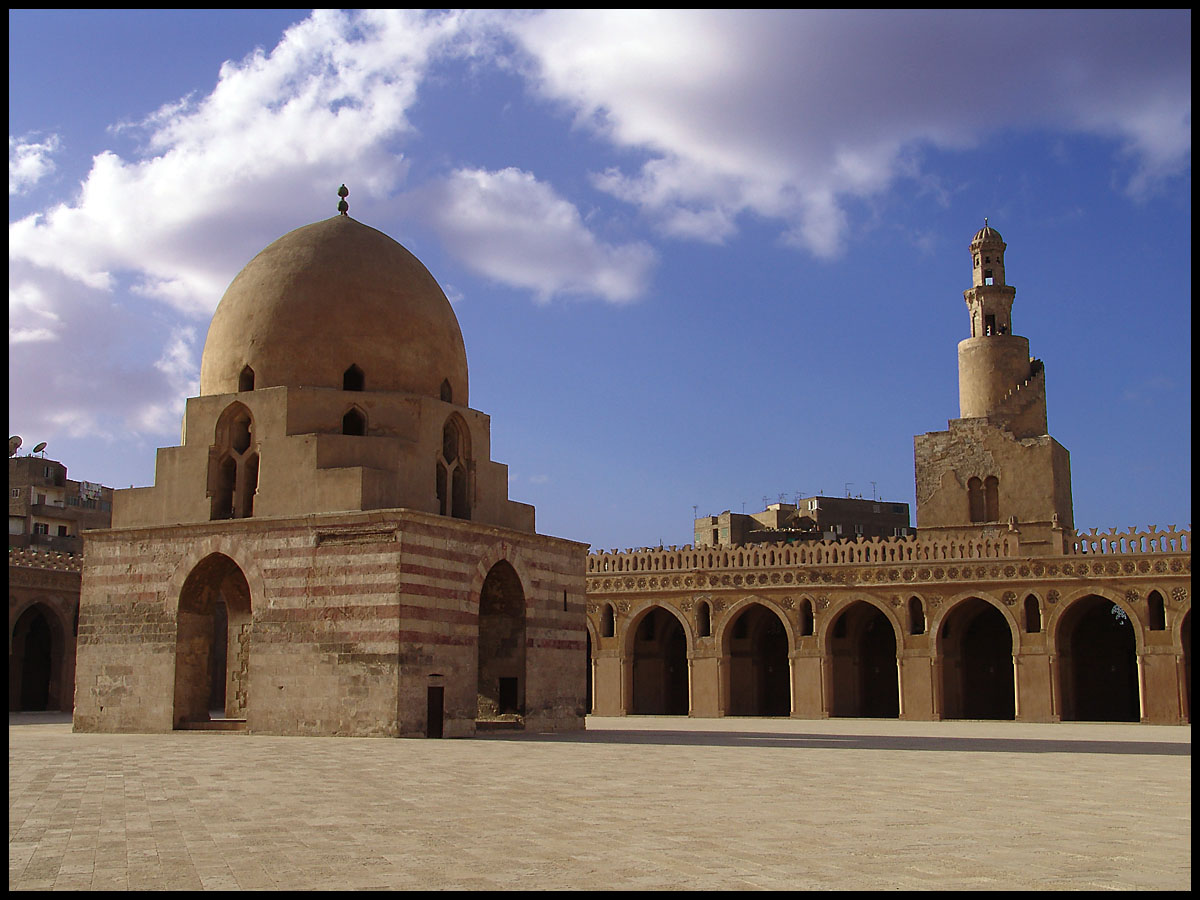
In Europe, mosques have had a relatively long presence, considering that different parts of the continent were once under Muslim rule. The Ottomans in the Balkan region, the Moors in Spain and the Tatars in what are now Baltic countries, have indeed left a rich Muslim heritage dating back centuries – and this naturally means a number of stunning mosques.
In more recent decades, furthermore, with the arrival of thousands of migrants from predominantly Muslim countries, mosques and Islamic centers have been springing up across the continent, often combining traditional Islamic traditions with trends in modern European architecture.
Here is a non-exhaustive selection of some of the oldest, the largest, the most beautiful or the most unconventional mosques Europe has to offer.
Spain: The Great Mosque of Cordoba
This stunning world heritage site is possibly among the most significant Islamic monuments in the Western world and it has been a site of worship for different divinities since its foundation.
Originally built as a Christian basilica by the Visigoths, it was redesigned to include an Islamic mosque in the 7th century AD by Muslim rulers. In the 16th century a Christian cathedral was built in the middle of the mosque so that up until today the term Mosque-Cathedral is often retained to describe the entire building.
The mosque interior is made up of columns with red and white arches, and it also comprises a courtyard where the minaret stands and a prayer hall.

Albania: Et’hem Bey Mosque
The capital city of Albania, Tirana, is home to a beautiful mosque, the construction of which began in the early 1790s by Ottoman-Albanian religious leader Molla Bey, and which was finally finished around 1820 by his son Haxhi Et’hem Bey.
During the period Albania was subjected to communist rule, the mosque was closed down, only to be reopened in 1991, despite opposition from the communist authorities at the time. Now considered one of the oldest structures in Tirana, it makes up an architectural complex together with the Clock of Tirana
The mosque building comprises a prayer hall, a portico that surrounds its northern part as well as the minaret; the frescoes to be admired outside and inside the portico feature images of waterfalls, trees and bridges – motifs that are uncommon in Islamic art.

Greece: The Celebi Sultan Mehmed Mosque (Bayezid Mosque)
Located in Didymoteicho in the northeast of Greece, this early 15th century Ottoman mosque is considered to be one of the oldest in Europe.
The characteristic oak roof makes it one of the most important wooden Islamic monuments in the world; since 1946, the mosque has been a protected monument.
The entire roof was in fact destroyed in 2017, after the mosque had caught fire during restoration work. In 2010 The Central Archaeological Council resumed restoration work, since it is considered endangered by possible earthquakes.


Croatia: Islamic Center in Rijeka
Known to be one of the most beautiful religious buildings on European ground, the Islamic Center in the Croatian city of Rijeka was in fact not designed by an architect but by prominent Croatian sculptor Dusan Dzamjonja, who is known for his abstract sculptures. Later, architects Darko Vlahovic and Branko Vucinovic would implement the abstract idea.
It is the third mosque to have been built in Croatia and officially opened in 2013. Most of the mosque’s 13-million-dollar construction project was sponsored by Qatar.
Playing with geometrical shapes, the dome itself resembles a sculpture; and while it has five separate parts, they visually make up a single structure.

Italy: The Mosque of Rome
The entire site that includes the Mosque of Rome can accommodate up to 12,000 worshippers and is therefore one of the largest of its kind in Europe.
Located in the north of Rome, it was inaugurated in 1995 after its construction could be completed with funding from 23 Arab and Islamic states.
Architecturally, it combines a modern and traditional Islamic design. The meditative atmosphere on the inside is achieved through geometric patterns and the blending of discreet colors as well as special lighting. The floor is covered by a Persian carpet with geometrical patterns.
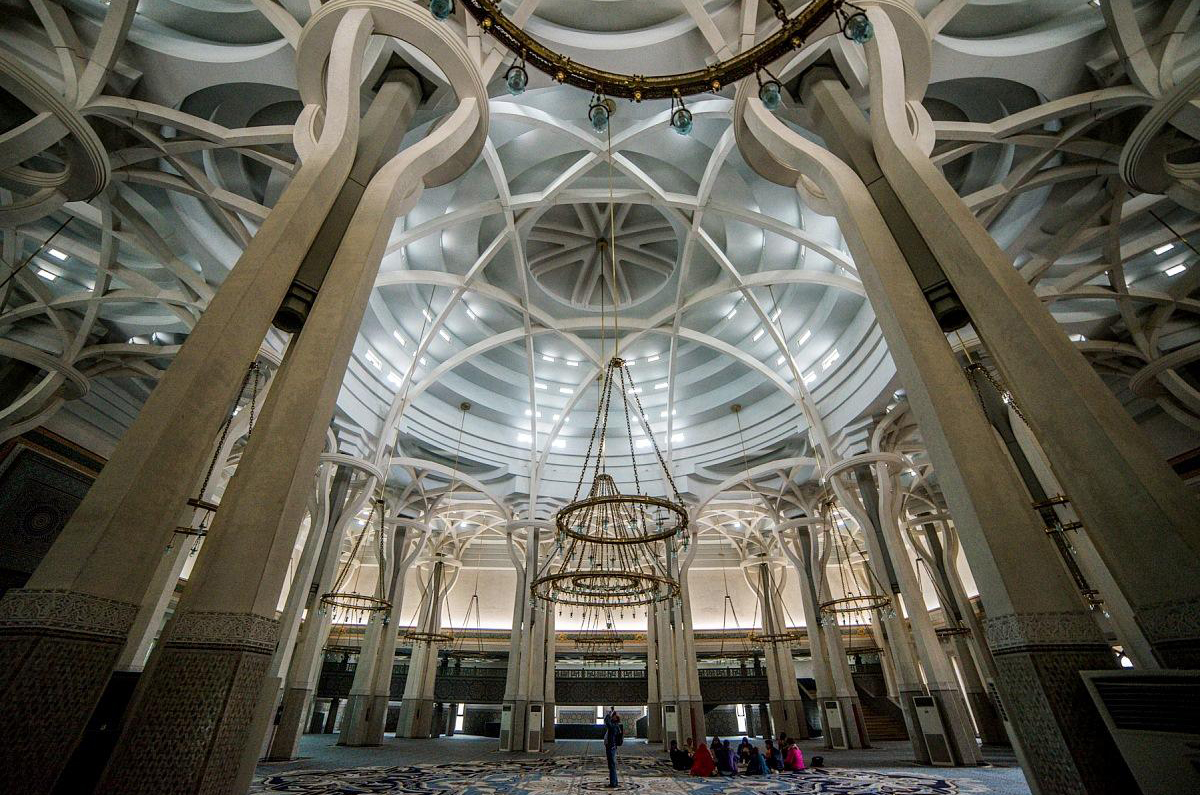
Denmark: The Nusrat Jahan Mosque
Built in 1967, the Nusrat Jahan Mosque is the first mosque to have been built in Denmark. It is located on the outskirts of Copenhagen and is used by members of the Ahmadiyya faith, a particular branch of Islam.
While having a more humble capacity of 100 people, it is one of Europe’s more architecturally interesting and modern mosques.
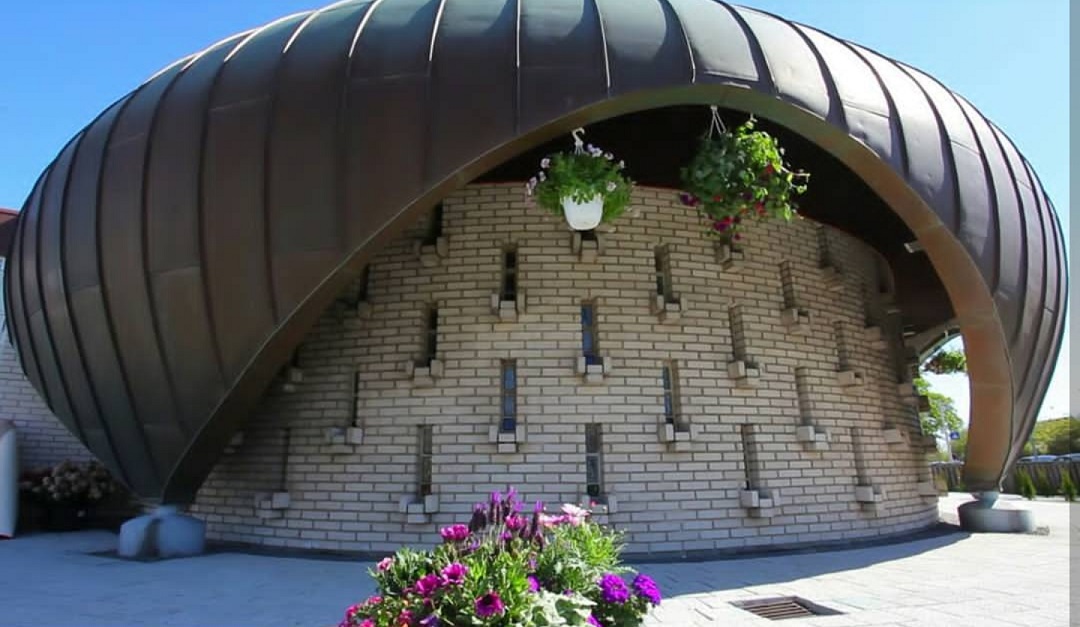
Germany: Penzberg Mosque
Similarly unique in its design, the Penzberg Mosque, which forms a part of the Islamic Forum located in the small southern German town of Penzburg, was completed in 2005.
It won a prize for the best work of architecture in Bavaria, as a breathtaking design that works well with the architecture of its surroundings.
The rectangular structured mosque with a blue glass façade is encircled with Arabic calligraphy and glows in the dark. It is purposely modern in its aesthetic, yet still has subtle Islamic architectural features.

UK: Cambridge Central Mosque
Europe’s first ever ‘green’ or ‘eco’ mosque that can accommodate up to 1,000 worshippers was opened to the public this year, in April 2019. While the Cambridge Mosque project was initiated back in 2008, it had to first be submitted to the council, before it was approved in 2012.
Designed by Marks Barfield Architects, who are known for their innovative designs such as the London Eye, in association with world leading expert in sacred architecture and Islamic geographer Keith Critchlow, the idea was to create a British mosque of the 21st century that would establish a kind of cultural bridge and also bring environmental awareness to its community.
Mostly funded by Turkey, the project also received a lot of enthusiasm from around the world. Its emphasis on sustainability and green energy refers to both the structure of the building itself and its commitment to environmentally-responsible and resource-efficient operations, maintenance and renovation.
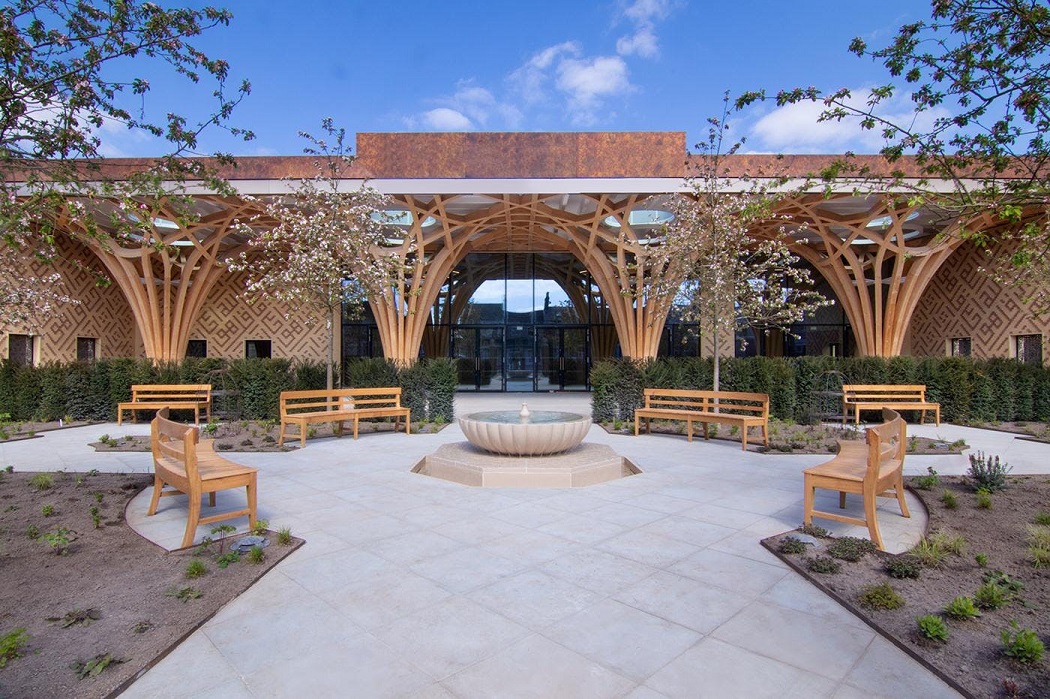
Austria: The Vienna Islamic Center
While Islam has a tradition in Austria that dates back to the 9th century, and the country meanwhile has one of the highest mosques per Muslims ratios in Europe, its first ever mosque was not built until the 20th century.
Completed in 1979 by architect Richard Siegfried Lugner, the initial costs of the construction were covered by ambassadors of Islamic countries in Austria. After running out of sufficient funds, its completion was made possible through the financing of the King of Saudi Arabia.
The mosque boasts a 32-meter high minaret and a 16-meter high dome. The Islamic Center, of which the mosque forms a core part, also includes other facilities such as a library and an auditorium.
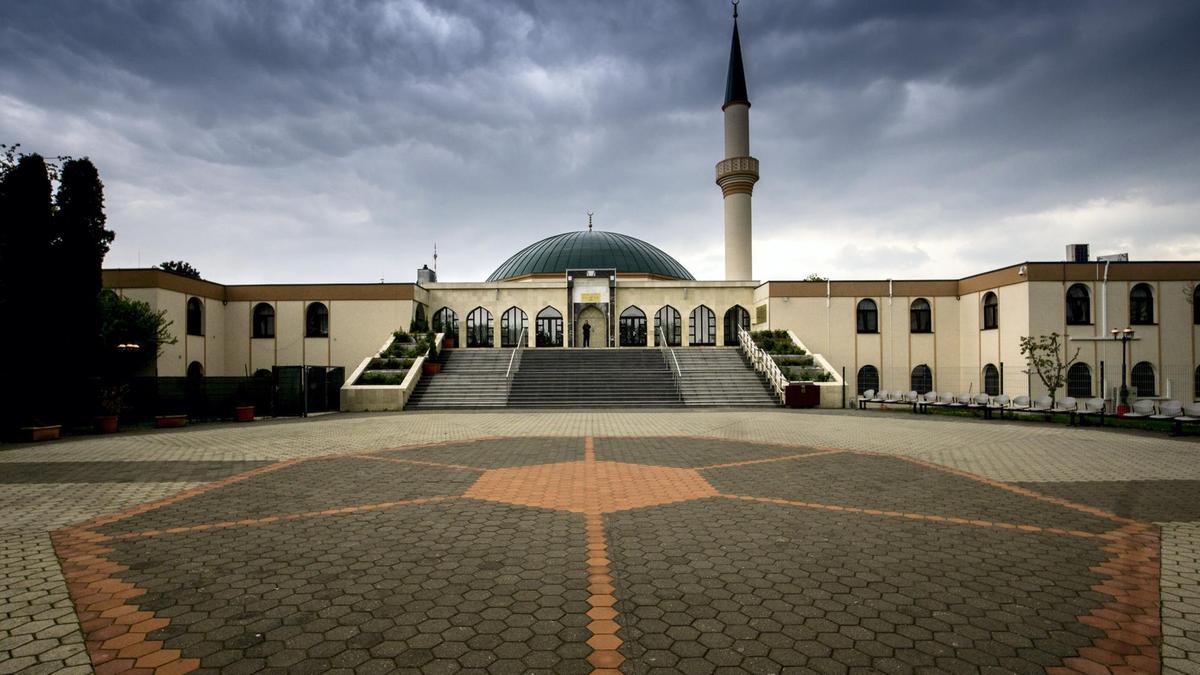






Comments (0)